
Ecommerce Conversion Rate Statistics: Learn How to Touch The Benchmark
Knowing the benchmark of eCommerce conversion rate is very important for eCommerce entrepreneurs. Why? Let us explain.
Suppose, you are getting an average of 1.5% conversion with your business and you are happy with the rate without knowing that the average conversion rate of your business is 2.5%. And more ironically, you are not taking any measures to improve your conversion rate whereas there are proven hacks to increase the rate.
The average eCommerce conversion rate is mainly calculated based on industry, region, product, and channel. So, you need to track the conversion rate of your business according to the same metrics.
We are going to share all the eCommerce conversion rate statistics in this blog. This will help you understand the ongoing eCommerce conversion trend of your business. Additionally, we'll share 7 tips to increase your average eCommerce conversion rate. So, keep reading this blog to get the most out of it.
What is the Average Conversion Rate for eCommerce Industry

Before showing you the average conversion rate of eCommerce industry, let us tell you how to calculate it-
eCommerce Conversion Rate = Number of Store Transactions / Number of Website Visits x 100
That means if you had 100 visitors on your site and 3 of them made purchases, you'd calculate your eCommerce conversion rate by taking the total number of people who completed checkout (3) and dividing that by the total number of site visitors in the same time frame (100).
In this case, your eCommerce conversion rate is (3/100) x100 = 3%
The average conversion rate differs from industry to industry and region to region (we'll discuss it later on). However, a good conversion rate for the eCommerce industry lies between 1-4 percentage.
If we look at the industry, Statista says, the average conversion rate for eCommerce stores in the US is 2.06% in the third quarter of 2020.
This data keep changing every quarter of a year. Here is another example of the average conversion rate for the eCommerce industry.
According to the latest data, as of July 2021, average conversion rates across eCommerce businesses were at 1.81 percent.
That means if you are getting a 1% to 4% conversion rate from your online store, you are in a good position. As you know the higher the conversion rate, the better the customer value proposition and lower the customer acquisition cost.
Ecommerce Conversion Rate Statistics by Industry, Channel, Platform, Country, Device and more
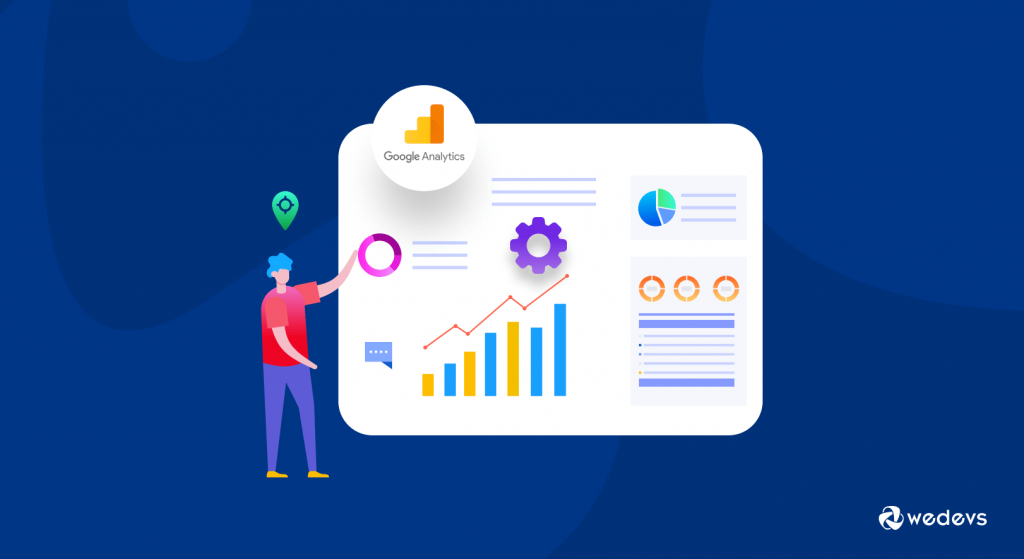
Now you know the formula to calculate the average eCommerce conversion rate for your business. So, calculate yours and then compare it with the data that we are going to share with you right away.
Here we will be focusing on the average eCommerce conversion rate by industry, region, device, channel, country, and platform respectively.
So, let's get started with the average eCommerce conversion rate by industry.
1. eCommerce Conversion Rate by Industry
When drafting in-house goals and benchmarks, referring to industry-specific conversion rate standards can prove to be highly valuable, especially to gauge the general and overall performance of your eCommerce store.
This data is from November 2020 to November 2021. And here we have ordered it as per the growth rate. That means Arts and Crafts products have seen the most growth in this time period and on the other hand, Baby and Child products have seen the lowest growth.
| Products | Average Conversion Rate (Nov 2020-Nov 2021) | Growth |
|---|---|---|
| Arts and Crafts | 4.04% – 5.08% | 25.63% |
| Health and Wellbeing | 3.97% – 4.5% | 13.44% |
| Home Accessories and Giftware | 2.47% – 2.80% | 13.38% |
| Sports and Recreation | 1.49% – 1.68% | 13.13% |
| Food and Drink | 2.37% – 2.58% | 8.52% |
| Kitchen and Home Appliances | 3.03% – 3.11% | 2.70% |
| Toys, Games, and Collectables | N/A – 2.46% | 2.46% |
| Pet Care | 2.97% – 2.86% | -3.44% |
| Cars and Motorcycling | 1.51% – 1.42% | -6.13% |
| Fashion, Clothing, and Accessories | 2.88% – 2.36% | -18.05% |
| Electrical and Commercial Equipment | 1.85% – 1.43% | -22.43% |
| Baby and Child | 1.14% – 0.31% | -72.82% |
2. eCommerce Conversion Rate by Region
We have divided the whole region into 4 segments. There are the GB (Great Britain), USA (United States of America), EMEA (Europe, Middle East, Asia), and others.
The data is collected from the 2nd quarter of 2020 to the 2nd quarter of 2021.
| Region | 2020-Q2 | 2020-Q3 | 2020-Q4 | 2021-Q1 | 2021-Q2 |
|---|---|---|---|---|---|
| GB | 4.0% | 4.4% | 4.5% | 4.6% | 4.4% |
| USA | 3.1% | 2.9% | 3.1% | 2.7% | 2.8% |
| EMEA | 2.0% | 1.8% | 2.2% | 2.1% | 2.1% |
| Others | 1.6% | 1.6% | 1.7% | 1.5% | 1.6% |
3. eCommerce Conversion Rate by Device
We already know that the tendency of buying products from mobile phones is going insane in recent times. However, the data shows that people still like to buy products more from Desktop followed by Tablet and Mobile.
The data covered the date from the 1st quarter of 2018 to the 2nd quarter of 2019.
| Quarter | Desktop | Mobile | Tablet |
|---|---|---|---|
| 2019 – Q1 | 4.04% | 1.88% | 3.54% |
| 2019 – Q2 | 3.90% | 1.82% | 3.49% |
| 2018 – Q1 | 3.85% | 1.85% | 3.49% |
| 2018 – Q2 | 4.12% | 2.00% | 3.72% |
| 2018 – Q3 | 4.26% | 2.03% | 3.84% |
| 2018 – Q4 | 4.79% | 2.23% | 4.05% |
4. eCommerce Conversion Rate by Channel
Besides the industry, region, and industry conversion rates, segregating the conversions based on traffic source is important. These figures help define channel-specific goals while helping to identify the best-performing and most promising traffic sources.
As per the latest stats gathered from industry-acclaimed statistical sources, referral traffic is by far the best performer, getting maximum conversions, followed by emails, and social media.
| Channel | Average Conversion Rate |
|---|---|
| Organic | 2.1% |
| Direct | 2.2% |
| 5.3% | |
| 0.9% | |
| AdWords/Paid | 1.4% |
| Social | 0.7% |
| Referral | 5.4% |
5. eCommerce Conversion Rate by Country
The buying tendency varies from country to country. The conversion rate you’d expect from the USA, for instance, will be quite different from that of the UK. This difference in conversion rates is driven by many factors.
Here, we have taken 9 countries to show you the average eCommerce conversion rate corresponding to those countries.
| Country | Average Conversion Rate |
|---|---|
| Germany | 2.22% |
| United States | 1.96% |
| United Kingdom | 1.88% |
| Denmark | 1.80% |
| Netherlands | 1.78% |
| Greece | 1.44% |
| France | 1.10% |
| India | 1.10% |
| Italy | 0.99% |
6. eCommerce Conversion Rate by Platform
You need to know from where you are getting the most of your conversion to optimize your campaign as per your target audience. Here we have collected data for Android, Chrome, Linux, Macintosh, Windows, and iOS users.
Windows is the top performer when it comes to conversion rates by platform. Notably, Linux only has a conversion rate of 0.02%. As expected, conversion rates for mobile operating systems are lower than desktop ones.
| Quarter | Android | Chrome | Linux | Macintosh | Windows | iOS |
|---|---|---|---|---|---|---|
| 2019-Q1 | 2.1% | 2.4% | 0.3% | 2.9% | 4.1% | 1.9% |
| 2019-Q2 | 2.0% | 2.9% | 0.2% | 4.3% | 4.3% | 2.5% |
| 2019-Q3 | 2.8% | 3.0% | 0.1% | 3.9% | 3.4% | 2.0% |
| 2019-Q4 | 2.5% | 3.9% | 0.2% | 4.3% | 4.8% | 1.9% |
| 2020-Q1 | 1.8% | 2.9% | 0.1% | 3.8% | 4.9% | 1.8% |
Which Conversion Rate Should You Focus on and How to Find It Out

If you are a beginner, you should track the conversion rate by channels like Facebook, Twitter, and Google AdWords.
The main reason behind tracking the social channels data is every startup has dedicated social channels to sell their products from. So, if you have the data on how much revenue you are generating in proportion to how much money you are spending- it will help you to launch a better marketing campaign.
Before that, you need to know the standard conversion rate of your business related field.
Let's assume, you have an online store where you sell sports equipment, and your location is Germany. Also, you use paid media to outreach your customers- that means your traffic source is AdWords/Paid.
What's the procedure to find out the standard conversion rate related to your business field? Simple, just pick the data that matches with your business and combine them to understand the current market trend of your business.
Here, we are giving an example of how to do that:
| Industry | Region | Device | Channel | Country |
|---|---|---|---|---|
| Sports and Recreation | EMEA | Desktop | Paid | Germany |
| 1.68% | 2.1% | 3.90% | 1.4% | 2.22% |
This should be the average conversion rate of your business. Now compare it with your conversion rate to find out what's your position right now.
If you don't know how to find out your conversion rate data, we are going to show you the ways to do that right after this segment.
And if your average conversion rate is below the standard, don't be panicked. Because we have prepared a list of the proven hacks to increase the conversion rate and will share it at the end of this article.
How to Track Your eCommerce Conversion Rate (Facebook, Twitter, Google AdWords and more)
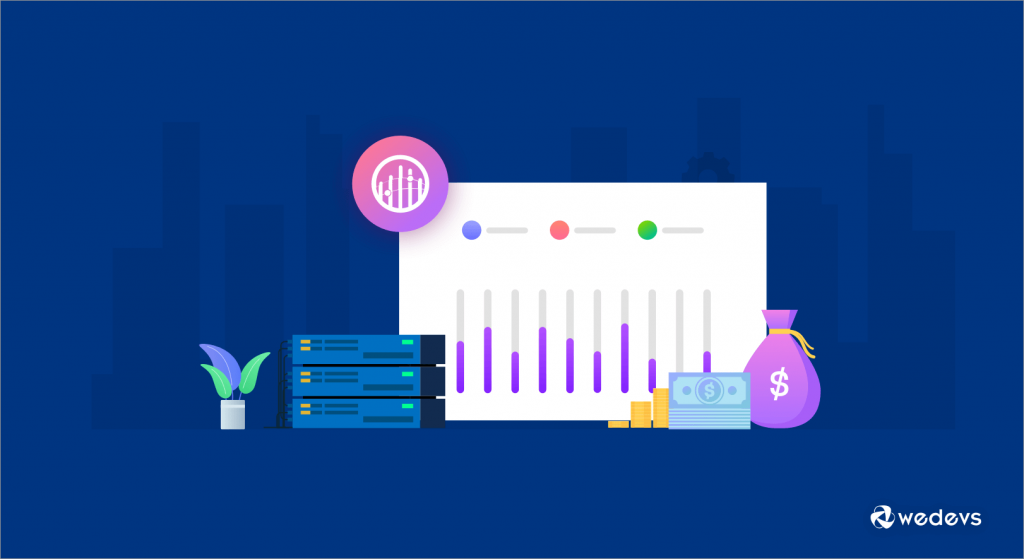
You need to know how to track your eCommerce conversion rate first to get the desired conversion. The most convenient way to track the WordPress-powered ECommerce shops conversion is to use a relevant WordPress plugin. There are a few popular WordPress conversion tracking plugins.
We recommend you the WooCommerce Conversion Tracking plugin. This is one of the most popular conversion tracking plugins for WordPress with more than 60K active installations. Using this plugin, you will get some amazing features, like,
- Advanced user behavioral data
- Track your whole WooCommerce business
- Detailed conversion information for analytics
- Build better Ad campaigns
- Increase ROI from all paid media investments
- Secure better buyer retargeting for future marketing
There is a free version of this plugin as well. You can use the free version of this plugin to test it on your site.
WooCommerce Conversion Tracking plugin helps you to track conversion rates from social channels. Let us show you the procedures:
Track Conversion Rates from Facebook
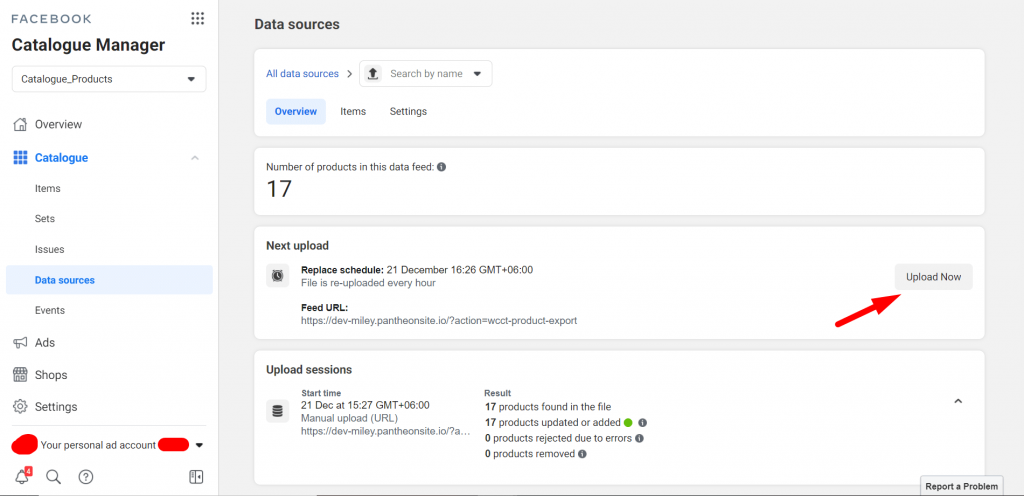
With WooCommerce Conversion Tracking for WordPress, you can track several Facebook Events, such as:
- Add To Cart
- Initiate Checkout
- Purchase
- Complete Registration
- View Product
- View Product Category
- Search Product
- Add To Wishlist
Click here to get the full tutorial on How to Track Facebook Conversion Data.
Track Conversion Rates from Twitter

With WooCommerce Conversion Tracking for WordPress, you can track 3 significant Twitter Events:
- Add To Cart
- Purchase
- Registration
Click here to get the full tutorial on How to Track Twitter Conversion Data.
Track Conversion Rates from Google AdWords

Retarget your visitors and clients better within the Google Ad network using the WooCommerce Conversion Tracking plugin. Send client data directly to Google Adwords server from your WooCommerce store. Run better ads campaigns by targeting the right users.
Click here to get the full tutorial on How to Track Google AdWords Data.
Bonus: How to Increase eCommerce Conversion Rate
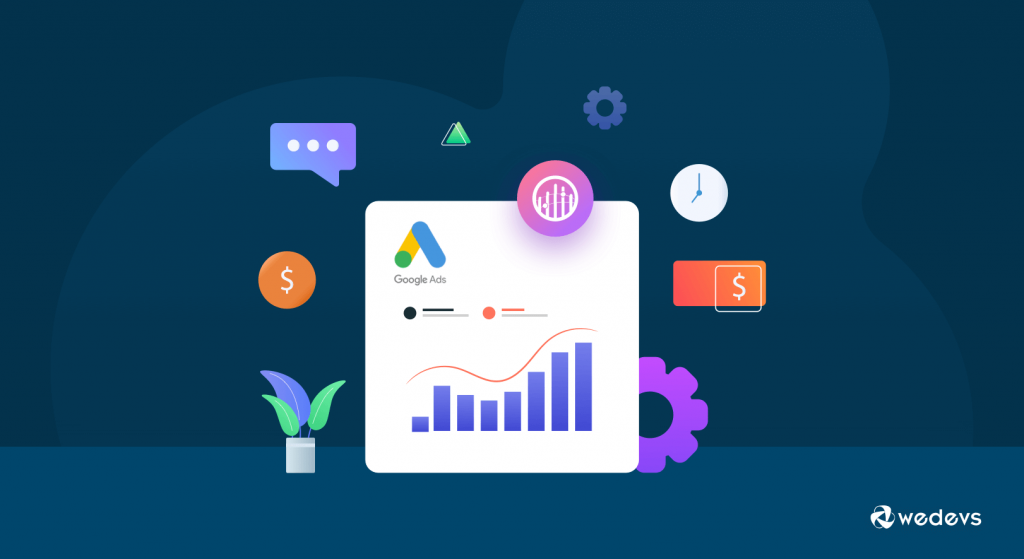
As you already know that the average conversion rate for eCommerce is 1.5%-2%. However, there are successful eCommerce businesses hitting a 2x-5x rise above the average.
How do they do that? Magic? Hell no!
They are following the latest hacks to increase the eCommerce conversion rate.
We just have to ditch the older tactics. Instead, focus on understanding your customers' psychology and you'll sell like a dream.
And this part of our content is about the hacks that will help you to sell better.
1. Be Honest with Your Audience
Most high converting eCommerce websites simplify their messages and offer unbiased information to their website visitors.
People trust businesses that are honest and transparent about their offerings. Buyers shop with confidence when they know they’ll get an answer to their questions.
This helps reinforce customer trust. Customers buy based on trust.
In a recent study, 81% of consumers said they’ll buy from brands they trust.
So, offer your potential buyers unbiased information that they can trust. And also be honest about who shouldn’t use your product. You just need to focus on your target customers.
This is a principle often used by eCommerce websites to increase their conversion rate.
2. Get Your Website Page Copy from Expert
Your website copy is very crucial for getting a better eCommerce conversion rate. Since shoppers can’t touch the product and photos may not be able to convey details, so, make sure you have the right description for the right product.
For doing that you need to get your copy from a guy who has expertise in this field. Because he knows the buyers' persona and their pain point. As a result, he writes copies that can quickly convey the benefits of your product and address your customers' query “Why should I buy this”.
Remember you need to have copies that are thorough but not too wordy. It helps to break down information into bullet points that are easy to read. And to boost your SEO and drive more traffic to your site, be sure to use appropriate keywords for your products.
Ultimately, don’t forget to keep your brand in mind. Make sure your voice and tone are consistent in your website copy.
3. Help Your Prospect to Take Decision Easily
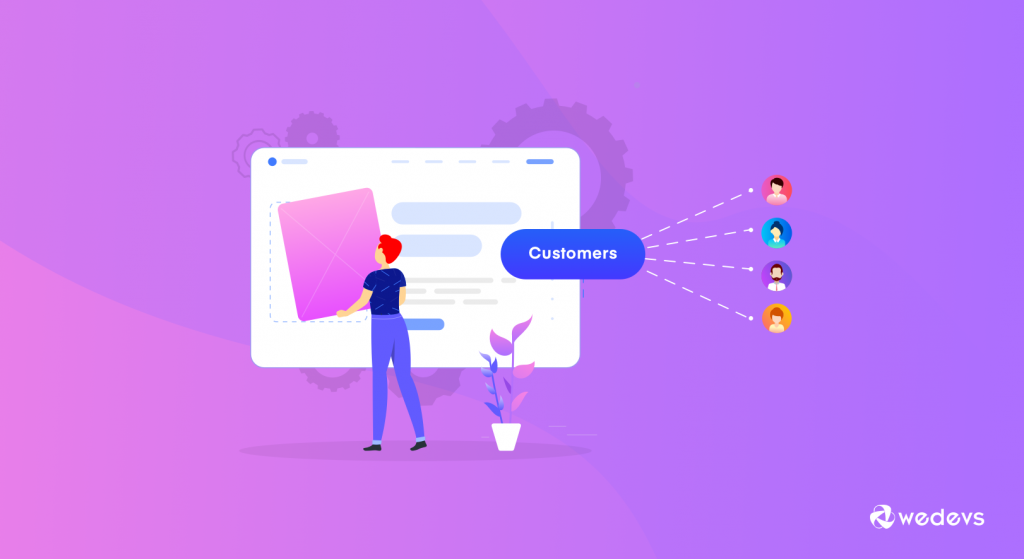
When you have visitors on your site that means they are looking for something and you can offer them their desired solution. This part of attracting potential customers to your site is done by SEO. However, after getting them onboard you should help them to take decisions easily and ultimately sell your products to them.
For making their job easy to make decisions, you can offer personalized recommendations for customers so that they don’t have to go through the decision-making part. Also, you can reorganize your products into relevant and specific categories so that customers can choose which products they want to see.
Another tip that many of the successful eCommerce site owners do is that they create shopping guides and comparison charts that tremendously help customers make decisions faster.
Always try not to show too many options on your pricing page. Because it can cause choice paralysis to your potential customers. That ultimately leads to indecision because shoppers find it harder to decide which one to go for. Reducing choices helps in faster decisions.
4. Leverage the Power of Zero or Free
People find a free option as a choice. If there’s an option of buying a single product or buying a product with a freebie, most customers will go for the second option.
Most customers don’t find free options such as free shipping as an extra service but part of the product they are purchasing. Since it’s considered a necessity, hence paying extra doesn’t make sense.
Free shipping is the number one online purchase driver, with 77% of respondents choosing it as the most important option.
Not only that, but free delivery has become so commonplace that shoppers now expect it, and don’t see it as an added perk, making it an almost necessary part of your offering.
The second online purchase driver is free returns and exchanges.
“Our conversion rate went from 1.1% to 1.9% once we started offering free insured delivery and free returns with no penalties”, says Jeff from Moriarty’s Gem Art.
There could be many reasons why your customers might think to exchange the product. So, make it easy and free to gain their credibility towards your business.
5. Practice Upsells, Cross-sells, and Downsells

Upselling, cross-selling, and down-selling are the ways to increase your Average Order Value (AOV) and nurture your hesitant customers toward conversion at the same time.
If you are not clear about what upsell, cross-sell, and down-sell are about, let us describe it shortly.
An upsell occurs when a salesperson offers a customer a more advanced product than what they’re currently planning on purchasing.
A cross-sell is when a company offers the same category product as a supplemental product or service to a customer who plans on making or has already made a purchase.
Down-sell happens when your customers are running out of budget and you show them an almost same product with less price. Imagine you are in a car showroom. While they naturally will want to show off the best cars on the lot first, they usually end up showing the more affordable cars once they realize the high-end vehicles are out of your budget.
Upselling, cross-selling, and down-selling all are proven hacks to increase your eCommerce conversion rate. So, practice it on your site to get the most out of it.
6. Simplify the Checkout Process
Another simple yet proven hack is to create a checkout process as simple as possible to get a higher eCommerce conversion rate. Having a complicated checkout process can cause a destructive customer loss.
Approximately 21% of shoppers abandoned their eCommerce order because the checkout process took too long or was too complicated.
On top of that 28% abandoned their cart because they had to create an account and 5% abandoned it because of hidden costs or delivery fees presented at the checkout process.
You can enable guest checkout so that customers can buy from you without creating logging in to your site.
Another way to simplify the checkout process is to offer multiple payment options.
Nowadays and especially in the world of eCommerce, there are a ton of different ways for consumers to make payments. You don't need to integrate all of them on your site. Having said that not accepting PayPal or Apple Pay, by today’s standards, can be an absolute killer.
7. Take the Advantages of Scarcity and Urgency

People have fear of losing. It’s natural to become apprehensive when time is running out. And as a marketer, you need to take advantage of this feeling of the human being.
Scientifically speaking, urgency is a time-based concept that prompts us to act quickly.
Similar to the scarcity principle, fear of missing out (FOMO) is a kind of social anxiety defined by “a desire to stay continually connected with what others are doing“.
You can easily create the scarcity and urgency of your product by enabling a countdown timer on your landing page.
According to Neuroscience Marketing, using a countdown timer can raise urgency, leading to a more significant conversion rate.
However, Faking urgency or scarcity can lead to customer distrust. Your audience can usually tell the difference between what’s real and fake. So, don't practice it if you want to get a high eCommerce conversion rate.
Compare Your Growth with eCommerce Conversion Rate Statistics & Optimize Marketing Efforts
Ecommerce conversion rate statistics change every year. This is not something constant. But it doesn't change in a big margin. Changing it by 0.5% means a lot of changes in this industry.
So, don't be frustrated if your eCommerce conversion rate isn't going up from 1% to 2% or from 2% to 3%. If your conversion rate is increasing by fractional number, you should be happy with that.
And more importantly, you should keep trying to improve the average conversion rate following the tips that we have shared in this blog.
What is your average eCommerce conversion rate? And how do you improve your conversion rate? You can share your eCommerce conversion statistics with us through the comment box below.

